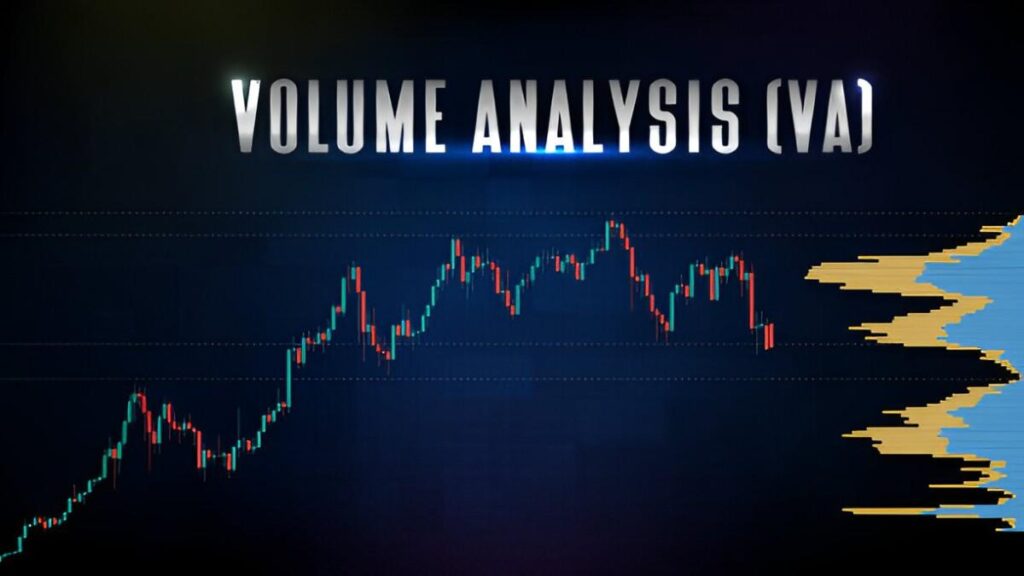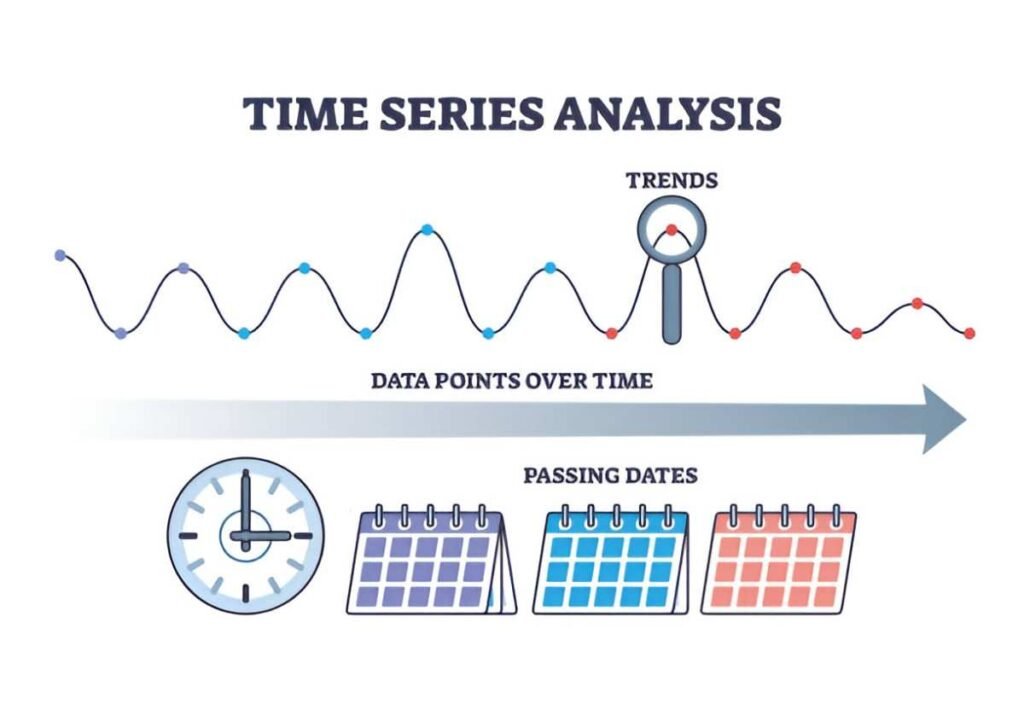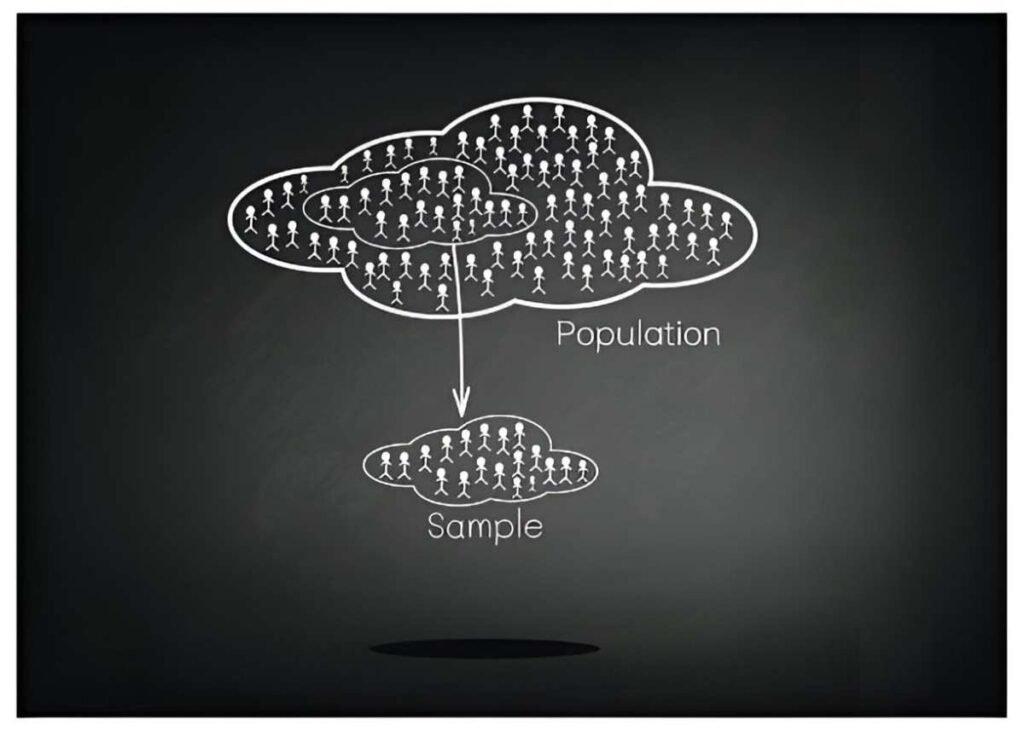As someone who has spent years analyzing financial data, I know how overwhelming it can be to make sense of monthly statistical reports. Whether you’re an investor, business owner, or policymaker, understanding these summaries is crucial for making informed decisions. In this article, I’ll break down the key components of financial data digests, explain how to interpret them, and provide real-world examples to solidify your understanding.
Table of Contents
What Is a Monthly Digest of Statistics?
A Monthly Digest of Statistics is a compilation of key economic and financial indicators released by government agencies, central banks, and research institutions. In the U.S., major sources include the Bureau of Labor Statistics (BLS), the Federal Reserve, and the Bureau of Economic Analysis (BEA). These reports summarize trends in inflation, employment, GDP, consumer spending, and more.
Why It Matters
Financial summaries influence everything from Federal Reserve interest rate decisions to corporate budget planning. If I ignore these reports, I risk missing critical shifts in the economy. For example, a sudden rise in the Consumer Price Index (CPI) could signal impending inflation, affecting investment strategies.
Key Components of Financial Data Summaries
1. Employment Data
The BLS releases monthly employment reports, including:
- Unemployment Rate: The percentage of the labor force without jobs.
- Nonfarm Payrolls: Total number of paid workers (excluding farm employees).
A low unemployment rate typically indicates a strong economy, but if wages grow too fast, it may trigger inflation.
Example Calculation:
If the labor force is 160 million and 6 million are unemployed:
2. Inflation Metrics
Inflation erodes purchasing power, so tracking it is essential. Key indicators:
- Consumer Price Index (CPI): Measures price changes for a basket of goods.
- Producer Price Index (PPI): Tracks wholesale price shifts.
CPI Calculation Example:
If the cost of the basket was $200 in 2020 and $220 in 2024:
3. Gross Domestic Product (GDP)
GDP represents total economic output. The BEA releases quarterly reports, but monthly estimates help track trends.
\text{GDP} = C + I + G + (X - M)
Where:
- C = Consumer spending
- I = Business investments
- G = Government spending
- (X - M) = Net exports
4. Interest Rates
The Federal Reserve sets benchmark rates, affecting loans, mortgages, and savings. Rising rates curb inflation but slow economic growth.
Interpreting Trends: A Practical Approach
Comparing Data Over Time
I always look at month-over-month (MoM) and year-over-year (YoY) changes to spot trends.
| Metric | Jan 2023 | Jan 2024 | MoM Change | YoY Change |
|---|---|---|---|---|
| CPI | 300 | 310 | +0.8% | +3.3% |
| Unemployment | 3.5% | 3.7% | +0.2% | +0.2% |
A YoY CPI increase of 3.3% suggests persistent inflation, warranting tighter monetary policy.
Seasonality Adjustments
Some data, like retail sales, fluctuate seasonally. Adjusted figures remove these effects, revealing underlying trends.
Common Pitfalls in Data Interpretation
- Overreacting to Short-Term Volatility – A single month’s spike in PPI doesn’t always mean long-term inflation.
- Ignoring Revisions – Initial reports often get revised. I cross-check updates before making decisions.
- Misunderstanding Correlation vs. Causation – Just because GDP and stock prices rise together doesn’t mean one causes the other.
Advanced Techniques: Regression Analysis
For deeper insights, I use regression models to predict relationships between variables.
Y = a + bX + \epsilon
Where:
- Y = Dependent variable (e.g., stock prices)
- X = Independent variable (e.g., interest rates)
- \epsilon = Error term
Example: If historical data shows a -0.5 correlation between interest rates and tech stocks, I might reduce exposure before a Fed rate hike.
Final Thoughts
Mastering financial data summaries takes practice, but the payoff is immense. By understanding employment figures, inflation trends, and GDP movements, I make better investment and business decisions. Always verify data, account for revisions, and avoid knee-jerk reactions.





